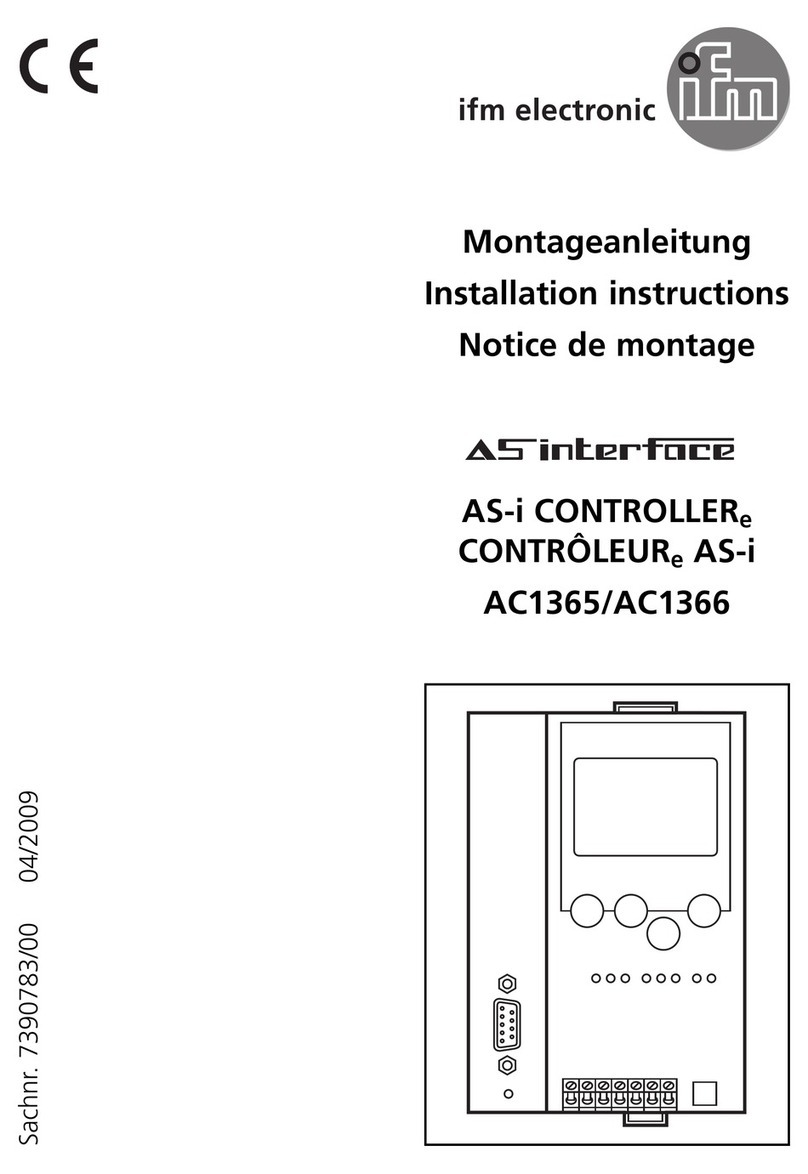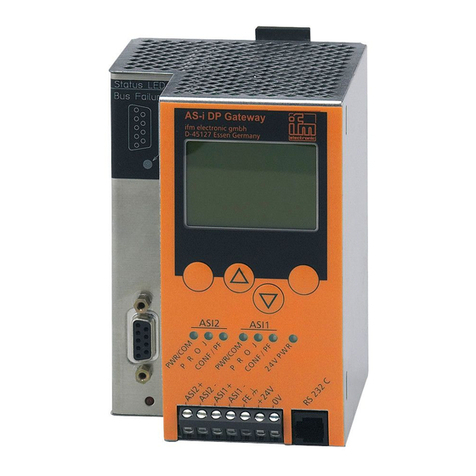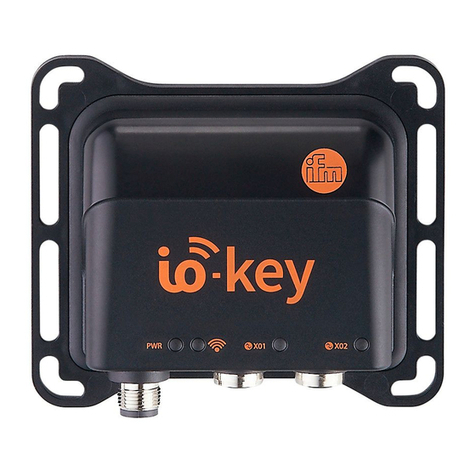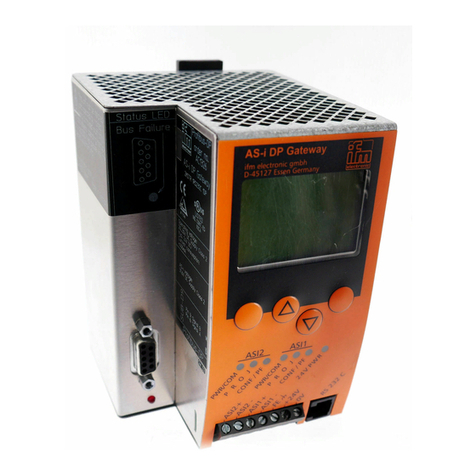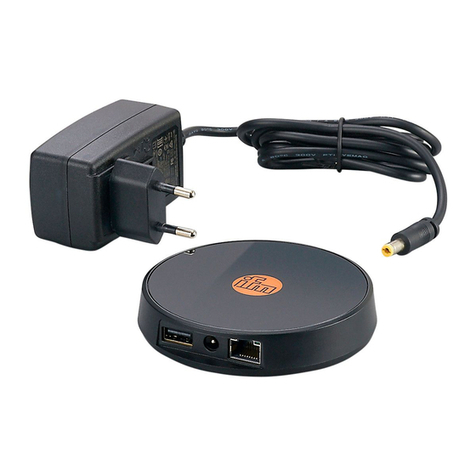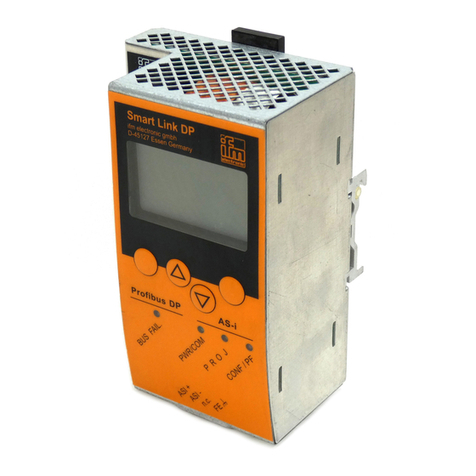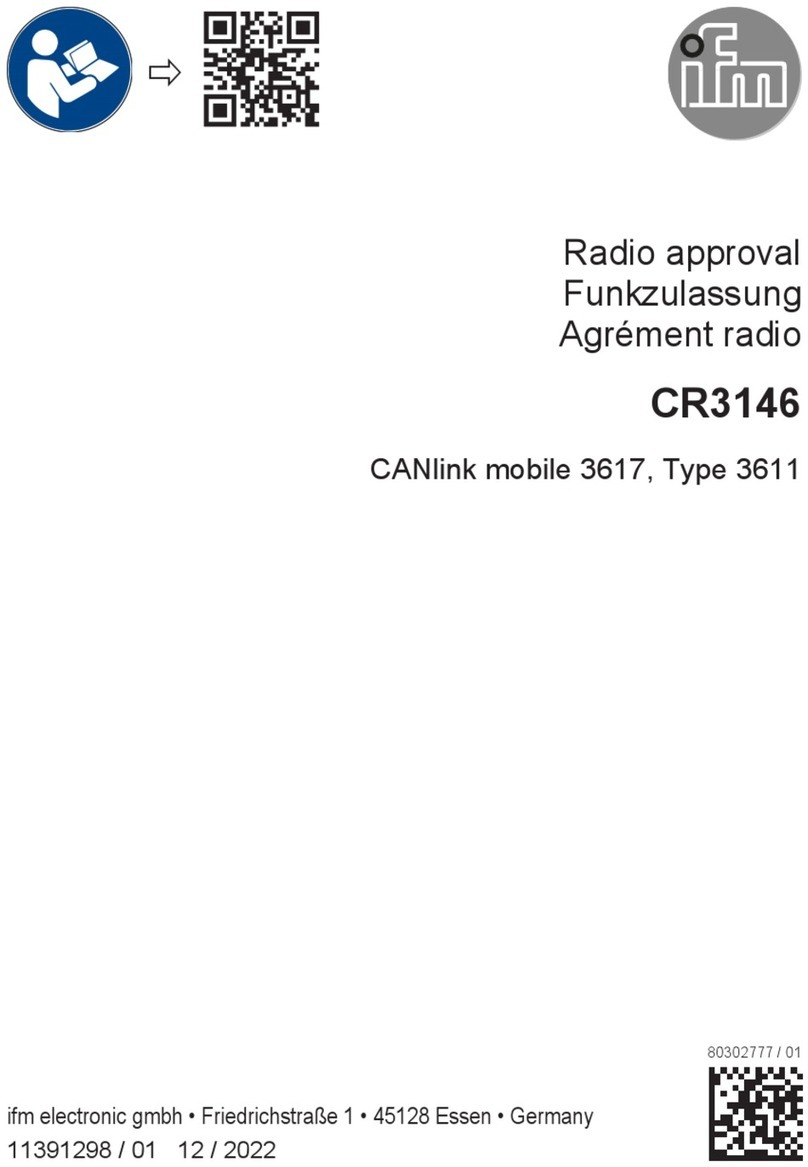
mobileIoT gateway CR3146
7
When bit 7 is written, the unit restarts.
4.3.1 Real-time mode
In real-time mode, bidirectional transmission of CAN messages occurs.
The unit can send/receive process data (e.g. machine parameters) via CAN interfaces during
operation via the mobile network and the mobileIoT platform. Depending on the design, it can transmit
data from the GNSS receiver and the input/output functions and forward them via the CAN bus.
The data is continuously transmitted and can be evaluated in near real-time. For this function, there
must be a permanent connection between the unit and the user software or the mobileIoT platform.
This mode also supports a real-time connection from Codesys 2.3. This requires appropriate software
and a mobileIoT data contract.
The real-time mode can be set locally via an SDO or via the mobileIoT suite in the machine properties.
In real-time mode, no data or messages are stored on the mobileIoT platform.
4.3.2 Cloud logging mode
In cloud logging mode, selected CAN messages are sent to the cloud, processed and stored. In this
case, the unit operates autonomously and does not have to be actively controlled by an application.
The configurations for this mode are made in the mobileIoT suite, which can send the data in CAN
messages. An OTA (over-the-air) configuration of the units is carried out via the mobileIoT suite.
4.3.3 IoT mode
The IoT mode is a combination of real-time mode and cloud logging mode. It makes it possible to
establish a real-time connection with the CAN bus and automatically send GNSS position data to the
mobileIoT platform. In this mode, metrics are actively generated and sent by the application controller.
Data linking to the application controller is configured in the mobileIoT suite. There the corresponding
source code will be automatically generated, which can be loaded into the controller programme.
No data is sent to the mobileIoT platform during real-time connection. As soon as the real-time
connection is terminated, data is captured again and sent to the mobileIoT platform.
4.4 Input/output functions
The unit has additional input/output functions (3 analogue inputs, 1 digital output). For example, the
input function can be used to collect device or machine status information or to directly detect and
monitor switch states. The data determined via the input/output functions can be visualised or
transferred via the CAN bus.
The input/output functions are accessed via the following objects:
Object Index Subindex Type Default Description
Analogue input 1 0x546F 0x14 R32
ro
— Pin 4 of the 14-pin Micro Timer II connector
Raw value of the analogue input measure-
ment (Volt)
No filtering applied
Analogue input 2 0x546F 0x15 R32
ro
— Pin 5 of the 14-pin Micro Timer II connector
Raw value of the analogue input measure-
ment (Volt)
No filtering applied
Analogue input 3 0x546F 0x16 R32
ro
— Pin 6 of the 14-pin Micro Timer II connector
Raw value of the analogue input measure-
ment (Volt)
No filtering applied
GB

